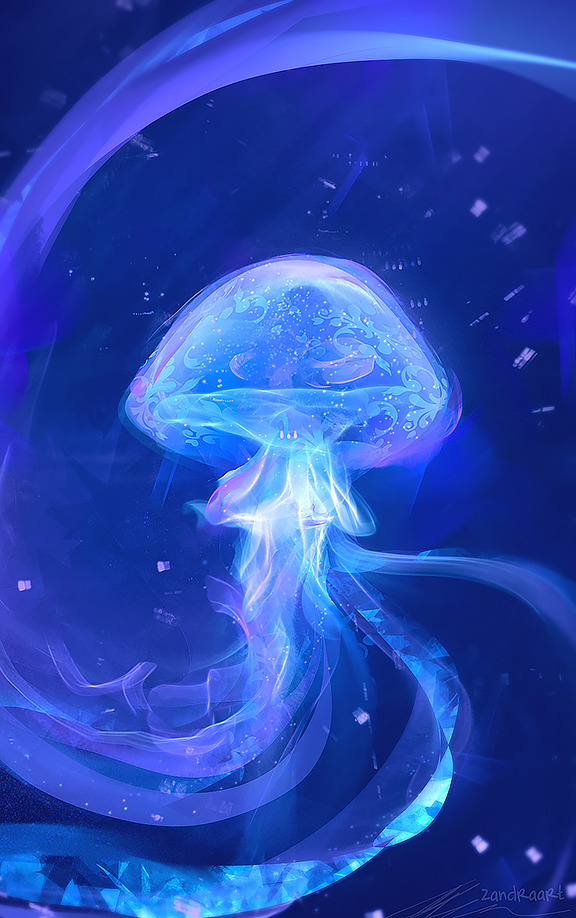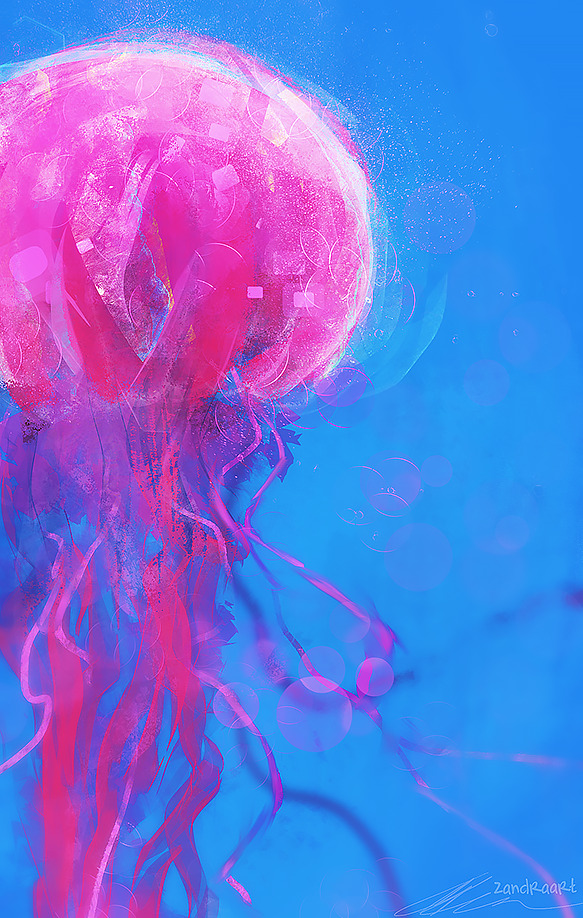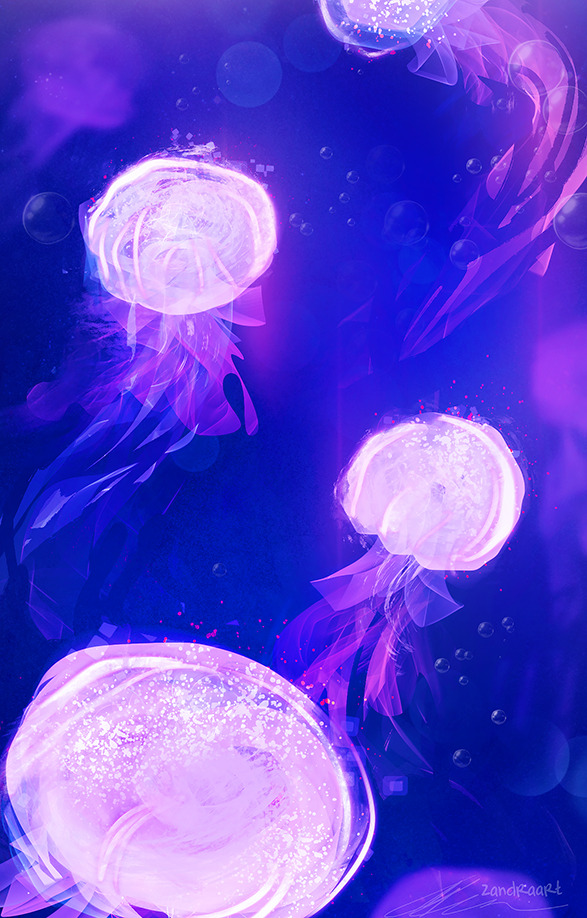I post info and drawings of different kinds of jellies and and occassionally some reblogs. Sometimes I get the info wrong so please please please correct me if I am wrong! Thank
Don't wanna be here? Send us removal request.
Text
Beautiful gorgeous creature of the day is a friendly squid
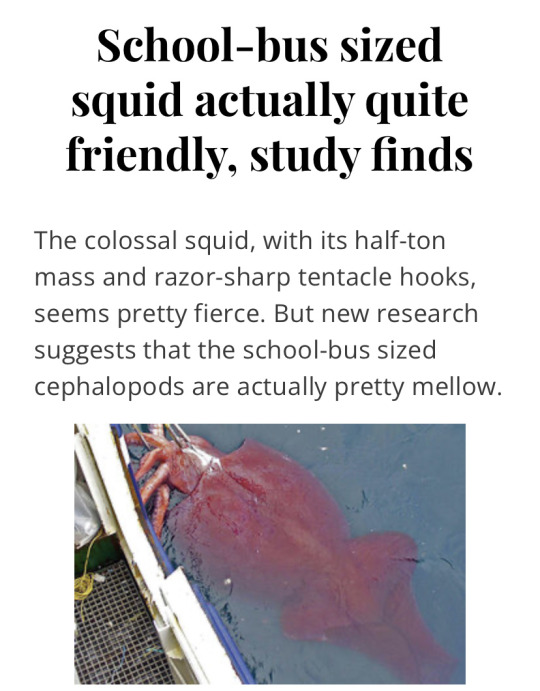
51K notes
·
View notes
Note
Jellyfish? Please? Pictures or fact?
How about both?!?
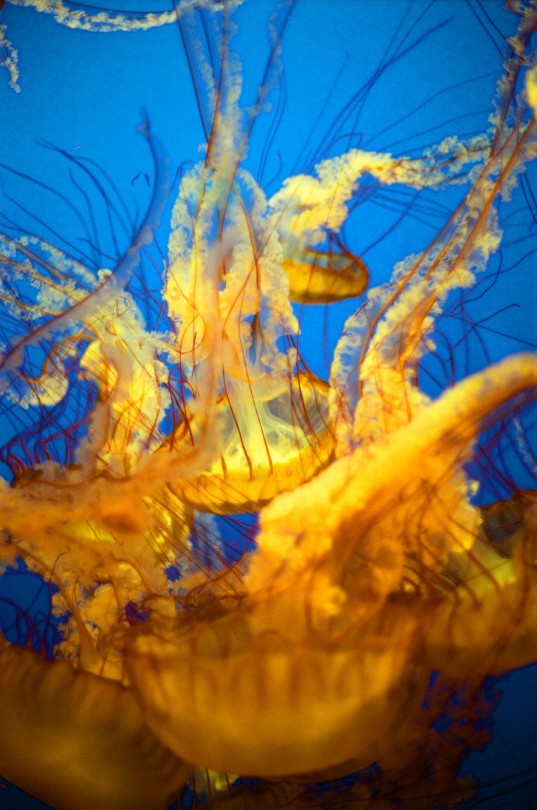
Though they’re faceless, brainless, and heartless, jellies have a way of swaying our hearts. They’re some of the oldest and most diverse creatures on the planet, their bodies are more than 95 percent water, and thanks to their unique physiology, jellies thrive throughout the world’s ocean. We give them a ✨glowing✨ review!
📷: Thank you Aaron, for this gleamingly gilded photo of our Pacific sea nettles!
1K notes
·
View notes
Text
Fun Jellyfish Fact #3
In 1991, a bunch of Aurelia Aurita were sent into space to see the effects of weightlessness on internal organs of little jellies.
They achieved astronaut status. They are space jellies.
#jellyfish#jellies#fun facts#jellyfish fun facts#space jellies#funny how they sent the moon jellies into space#the experimenter saw the chance and took it
2 notes
·
View notes
Text
Fun Jellyfish Fact #2
Jellyfish groups can be called a swarm or a bloom. I personally prefer to call them a bloom because to me, their tentacles can look like plants when you look at them upside down (if you see them in water and not on land)
10 notes
·
View notes
Text
Fun Jellyfish Fact #1
A jelly's tentacles never get tangled! Some would probably think that, with all of their tentacles, they would get tangled but they don't! This is due to their tentacles being so slippery that they slide right by each other.
1 note
·
View note
Text

Trying to get more comfortable with digital drawing so here's a nice Japanese Sea Nettle jelly (Chrysaora Pacifica)
0 notes
Text
Aurelia Limbata

The Aurelia Labiata, or Aurelia Limbata, are a similar species to Aurelia Aurita. They have the same horseshoe-shaped gonads in the center of the bell like the more commonly found A. Aurita, but have a more brownish color to them and, like the name says, a brown band at the edge of the bell.
They are in the same phylum and class as the A. Aurita, but it's a bit difficult to find specific sources on A. Limbata that doesn't mesh together with the A. Aurita. I'm not sure if that is due to them having the same diet, M/F ID, lifespans, etc., but they dont appear as often and commonly as the A. Aurita. They prefer temperate and tropical waters.
Requested by @donuts4evry1
Apologies about there not being a lot of specific info. The sources mostly use both of the species mentioned together and alternate them sort of. Any additional info will be gratefully appreciated as these cool lil guys are very interesting to me. Personally, I don't think the attention they get is doing em justice. Very interesting species!
Thanks for suggesting them :)
1 note
·
View note
Text

Sure! and thanks for the identification method doubt (/pos). I tried looking for ID methods and could only find the pink and brown. I will look into it more and fix the incorrect info :)
Aurelia Aurita

These translucent moon shaped beauties are a type of jellyfish in the Scyphozoa class and in the Cnidaria phylum.
They eat zooplankton like small shrimps and larvae.
They live in temperate seas and they don’t seem to have a preference to where in the world they live. They commonly wash up on beaches, where they can fall prey to many sea turtle species and even other jellies.
4 notes
·
View notes
Photo



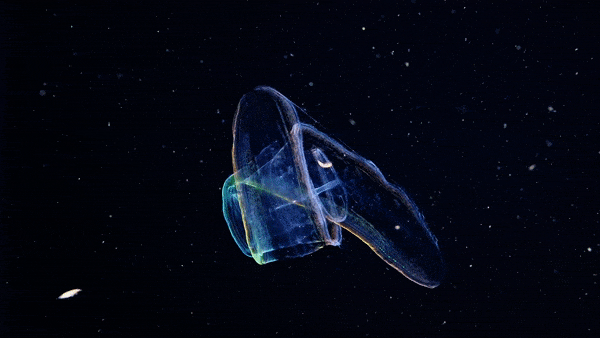


Venus girdle (Cestum veneris) via Aquatilis
13K notes
·
View notes
Text
I love atolla jellies. Look at this little guy swim
25 notes
·
View notes
Text
Aurelia Aurita

These translucent moon shaped beauties are a type of jellyfish in the Scyphozoa class and in the Cnidaria phylum.
They eat zooplankton like small shrimps and larvae.
They live in temperate seas and they don't seem to have a preference to where in the world they live. They commonly wash up on beaches, where they can fall prey to many sea turtle species and even other jellies.
Correction: I looked into the male/female ID and I found that the gonads are different, but not due to pink/brown color. The female's gonad tissue is less dense so you can see the folds of the ovaries, while the male's gonad tissue is more opaque.
The stomach is actually normally purple but can change color due to what they've been eating lately, which is what I previously thought to be sex ID.
4 notes
·
View notes
Text
This is my secondary blog so if you see a blog called @hamsterslippers liking/reblogging/following you about jellyfish and such that's me.
We are the same person, this is just me either rambling about jellyfish and posting facts and drawings and such.
Also please feel free to add on to any info or correct any incorrect information, submit your own jellies that you like, and request info on any jelly! :)
0 notes

